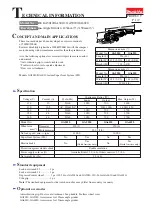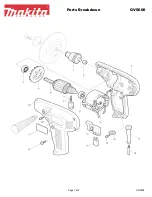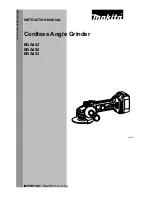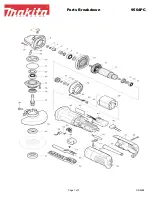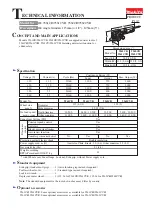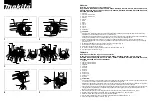
•
Ensure that all the drives are in neutral and the
parking brake is engaged (if applicable) before
starting the engine. Start the engine only from the
operator's position.
•
Slow down and use extra care on hillsides.
Ensure to travel in the recommended direction on
hillsides. Turf conditions can affect the stability of
the machine.
•
Slow down and use caution when making turns,
crossing roads and sidewalks, and when changing
directions on slopes.
•
Do not change the engine-governor setting or
overspeed the engine.
•
Keep your hands and feet away from moving parts.
•
Look behind and down before backing up to
ensure that the path is clear.
•
Never carry passengers and keep pets and
bystanders away.
•
Do not operate the machine when you are tired, ill,
or under the influence of alcohol or drugs.
•
Use care when loading or unloading the machine
into a trailer or truck.
•
Use care when approaching blind corners.
•
Ensure that the area is clear of people before
operating the machine. Stop the machine if
anyone enters the area.
•
Never jerk the controls; use a steady motion.
•
Operate the machine in areas where there are
no obstacles in close proximity to you. Failure to
maintain adequate distance from trees, walls, and
other barriers may result in injury as the machine
backs up during operation if you are not attentive
to the surroundings. Operate the machine only in
areas where there is sufficient clearance for you
to safely maneuver.
•
Locate the pinch point areas marked on the
machine and keep your hands and feet away from
these areas.
•
Lightning can cause severe injury or death. If
lightning is seen or thunder is heard in the area, do
not operate the machine; seek shelter.
Slope Operation
•
Slopes are a major factor related to loss-of-control
and tip-over accidents, which can result in severe
injury or death. The operator is responsible for
safe slope operation. operating the machine on
any slope requires extra caution. Before using the
machine on a slope, you must:
– Review and understand the slope instructions
in the manual and on the machine.
– Evaluate the site conditions of the day to
determine if the slope is safe for machine
operation. Always use common sense
and good judgment when performing this
evaluation. Changes in the terrain, such as
moisture, can quickly affect the operation of
the machine on a slope.
•
Operate up and down slopes with the front of
the machine uphill.
•
Identify hazards at the base of the slope. Do
not operate the machine near drop-offs, ditches,
embankments, water or other hazards. The
machine could suddenly roll over if a wheel or track
goes over the edge or the edge collapses. Keep
a safe distance (twice the width of the machine)
between the machine and any hazard.
•
Avoid starting, stopping, or turning the machine on
a slope. Avoid making sudden changes in speed
or direction; turn slowly and gradually.
•
Keep all movements on slopes slow and gradual.
Do not make sudden changes in speed or
direction.
•
Do not operate the machine under any conditions
where traction, steering, or stability is in question.
Be aware that operating the machine on wet grass,
across slopes or downhill may cause the machine
to lose traction. Loss of traction to the wheels or
tracks may result in sliding and a loss of braking
and steering. The machine can slide even if the
wheels or tracks are stopped.
•
Identify hazards at the base of the slope. Do
not operate the machine near drop-offs, ditches,
embankments, water or other hazards. The
machine could suddenly roll over if a wheel or track
goes over the edge or the edge collapses. Keep
a safe distance (twice the width of the machine)
between the machine and any hazard.
•
Remove or mark obstacles such as ditches, holes,
ruts, bumps, rocks or other hidden hazards. Tall
grass can hide obstacles. Uneven terrain could
overturn the machine.
•
Do not park the machine on a hillside or slope
without lowering the hydraulic lift to the ground.
Maintenance and Storage
•
Park the machine on a level surface, lower the
hydraulic lift, disengage the hydraulics, engage the
parking brake (if applicable), shut off the engine,
and remove the key. Wait for all moving parts to
stop before adjusting, cleaning, or repairing the
machine.
•
Clean debris from the hydraulic lift, drives,
mufflers, and engine to help prevent fires. Wipe
up any spilled oil or fuel.
•
Allow the engine to cool before storing and do not
store the machine near flames.
•
Never allow untrained personnel to service the
machine.
5
Summary of Contents for STX-26
Page 43: ...Schematics g013418 Electrical Schematic Rev A 43...
Page 44: ...g025169 Hydraulic Schematic Rev A 44...
Page 45: ...Notes...
Page 46: ...Notes...





















